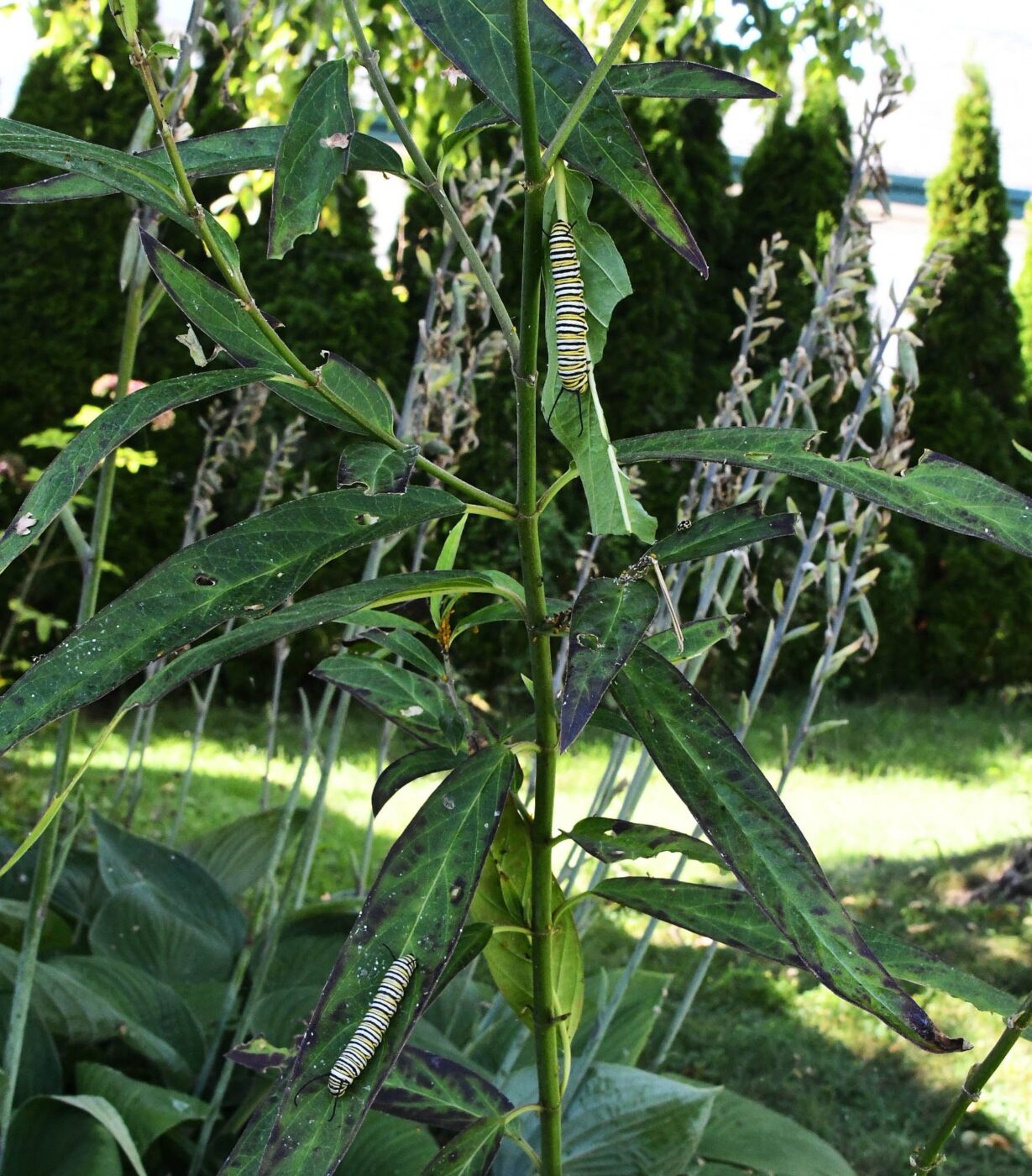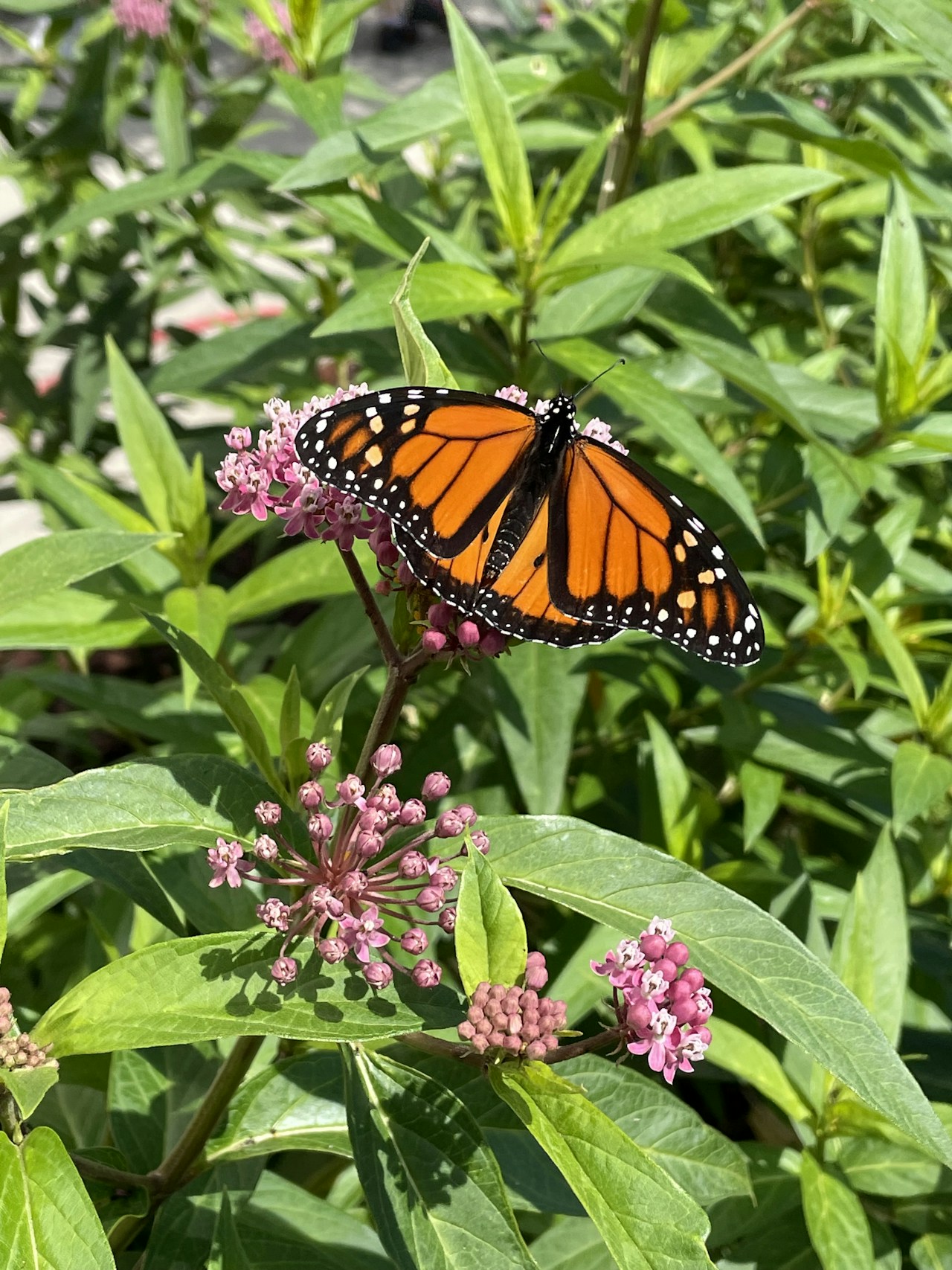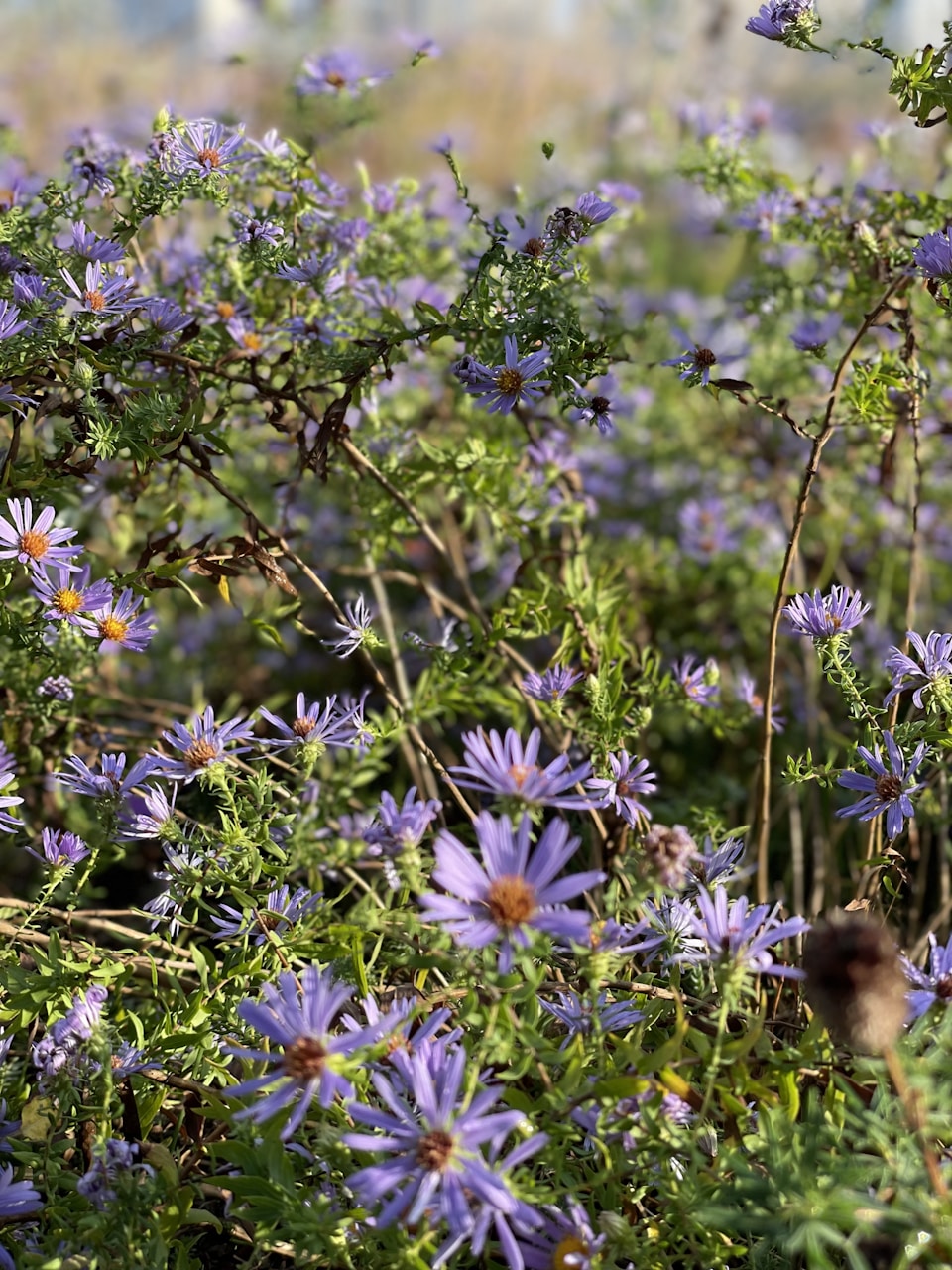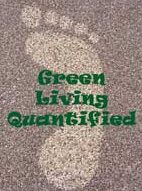Why Native Plants? Gardening with native plants is eco-friendly because it supports local wildlife, and create sustainable, thriving gardens tailored to an environment, by:
- Enhancing local ecosystems by attracting native pollinators (butterflies, bees) and wildlife (birds)
- Reducing water usage through drought-resistant native species
- Promoting soil health and natural pest control without chemicals
- Creating beautiful, low-maintenance landscapes that flourish naturally
- Costing less than some other options suggested by this website!

Our Experience
I was so thrilled the first year that I planted milkweed and saw 2 Monarch caterpillars (seen left) and a Monarch butterfly! Native gardens take a year or two to start to flourish, so you must be patient while the plants establish good roots. I have found it helpful to have green-thumb friends, or pay a gardener, to advise on plant health.
You may ask: isn’t a grass lawn a native perennial? Yes it is. However, mowed lawns offer very little carbon sequestration and do not provide good pollinator habitat or wildlife food, since it offers no flowers, seeds or berries.
Additionally, native plants are attractive and easy to care for: mainly weed after the first year.
Your Choices
| Action Choices and Links |
| Buy Plants Native to Your Area |
| Find Proper Location and Water the First Year |
| Parent Link: Sustainable Gardening |
Buy Plants Native to Your Area
Native to my Wisconsin garden may not be native (and survivable) in your garden. Wild Ones is an excellent organization with many local chapters that sponsors educational talks and native plant sales selling plants that will survive near you. Their website is: https://wildones.org/
Find Proper Location and Water the First Year
When buying native plants, first decide whether they are for sunny or shady areas. Forest natives are good for shady areas. Then be sure to water for the first year until roots are well established.



